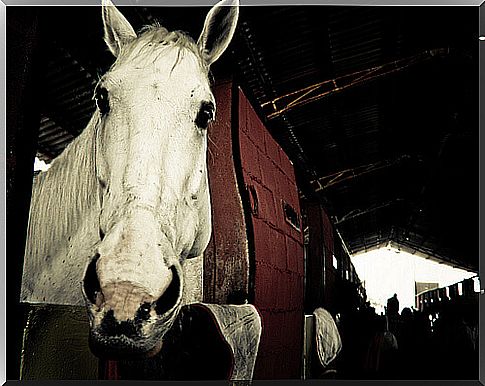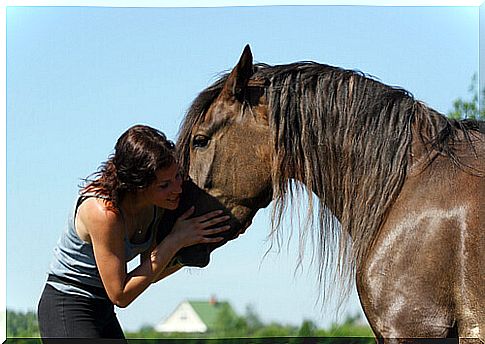How To Transport Horses Correctly

Transporting horses is a very frequent operation for those who use their animal in sports, agriculture or simply breed them. Often it is necessary to carry your quadruped around, to make him run, to move him or even to have him examined by the vet. Many times it becomes a delicate task, especially when it causes stress problems or certain trauma to the animal. Guaranteeing the indispensable conditions of well – being and care is therefore fundamental. Here are some considerations on the ideal transport for horses.
Depending on the distance the animal has to travel, the appropriate means of transport vary, as do the regulations. Airplane, truck, trailer or ship are some of the options. And it is increasingly common for the same owner to carry the equine.
Regardless, the best health, hygiene and safety conditions must be ensured in order to minimize accidents and other consequences.
How to carry horses
Within the European Union, almost 90% of animal transport is carried out by land. And although the choice is made based on distance, you should always seek the best assistance, as appropriate.

This is because transportation often causes anxiety or injury. The stress is due to your pet being separated from its herd. He sees this as something unusual.
Hence, one must act with caution to protect the heart, hydration and, of course, you will always have to drive carefully.
Transporting horses on trucks or trailers
- They must be designed and used to avoid injury. The use of non-slip floors or floors containing shavings is recommended to absorb urine.
- They must protect the animal from extreme temperatures and have adequate ventilation.
- The minimum height inside the compartments must exceed the height at the withers of the tallest animal by at least 75 cm.
- Pay attention that water and food are needed for the hours of transport.
- Make stops every 6 hours, so that the horse feeds, drinks and relieves itself.
- At each stop, the health of the horses must be checked.
International standards set a maximum of 8 hours of travel per day for horses. For longer journeys, the truck must have special equipment. For example, a floor with beds, spacers, ventilation systems and a temperature controller (hot / cold).
Position in the means of transport
For proper transport, it is recommended to tie the animals, but always leaving some freedom of movement. You must allow the horse to lower its head. Among other things, for proper cleaning and drainage of his airways.
The position must never be transverse to the longitudinal axis of the vehicle. Otherwise, the animal will easily lose its balance, risking falling and causing very serious injuries.
As for placing them forward or backward, there are different opinions. Animals have been shown to suffer less stress by placing the muzzle forward.
Transporting horses: equipment and planning
Any ideal means of transport for horses, in addition to the non-slip and chipboard flooring, should also have windows. An airy environment minimizes possible phobias and the generation of stress in the animal.
There are studies that conclude that suspension of the trailer affects the quality of the trip. Lower air pressure inside the tires makes the ride smoother and reduces fatigue in the horse.
For personal safety, the provision of special blankets and socks is recommended . With them the body heat generated by the animal is absorbed.
Transporting a horse by plane
When the distances are large, you may choose to use a plane. In this case, some of the precautions to consider are:
- A pressurized environment with air conditioning.
- Use of boxes designed to carry horses, of appropriate size.
- Medical tests carried out before the trip.
- Choose a company with qualified personnel experienced in the management of these transports, without the use of medicines or anxiolytics.

Relationship with the horse to improve transport
- Don’t convey nervousness. Avoid showing accessories and tools used during transport.
- Let the horse rest 24 hours before the start of the trip.
- Patiently teach him to recognize the truck. Make it go up and down sometime in the previous days, so that it gets used to it.
- The first few times, you can ride him with another experienced horse that will give him confidence and help him behave more calmly.
- Give your horse plenty of water. Exposure to heat, fatigue and travel jitters are all factors that promote dehydration.
- In the warm months, travel during the hours of least heat and provide adequate thermal insulation for the trailer.
Your horse’s peace of mind, safety and health are always the primary focus. Especially when traveling!









